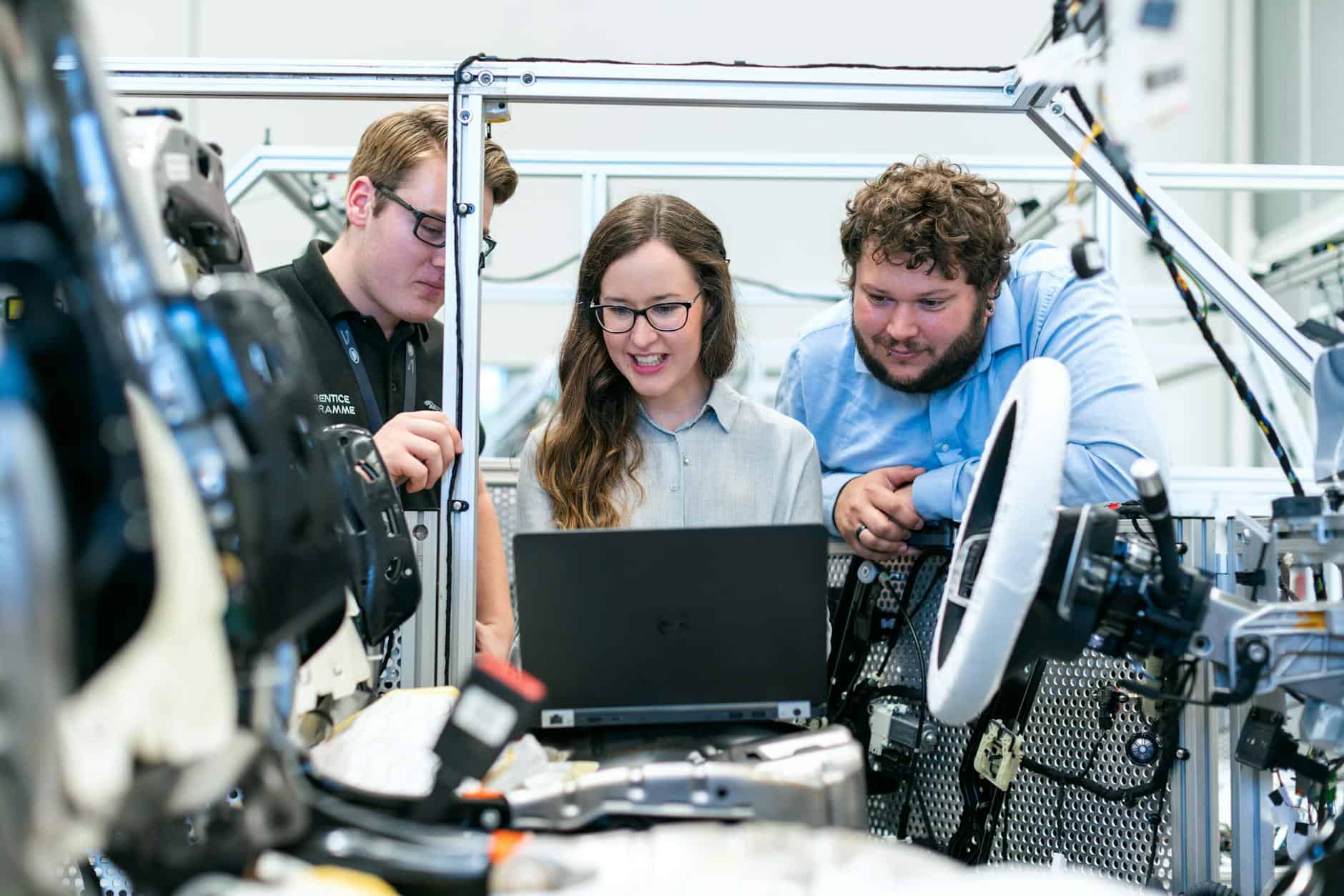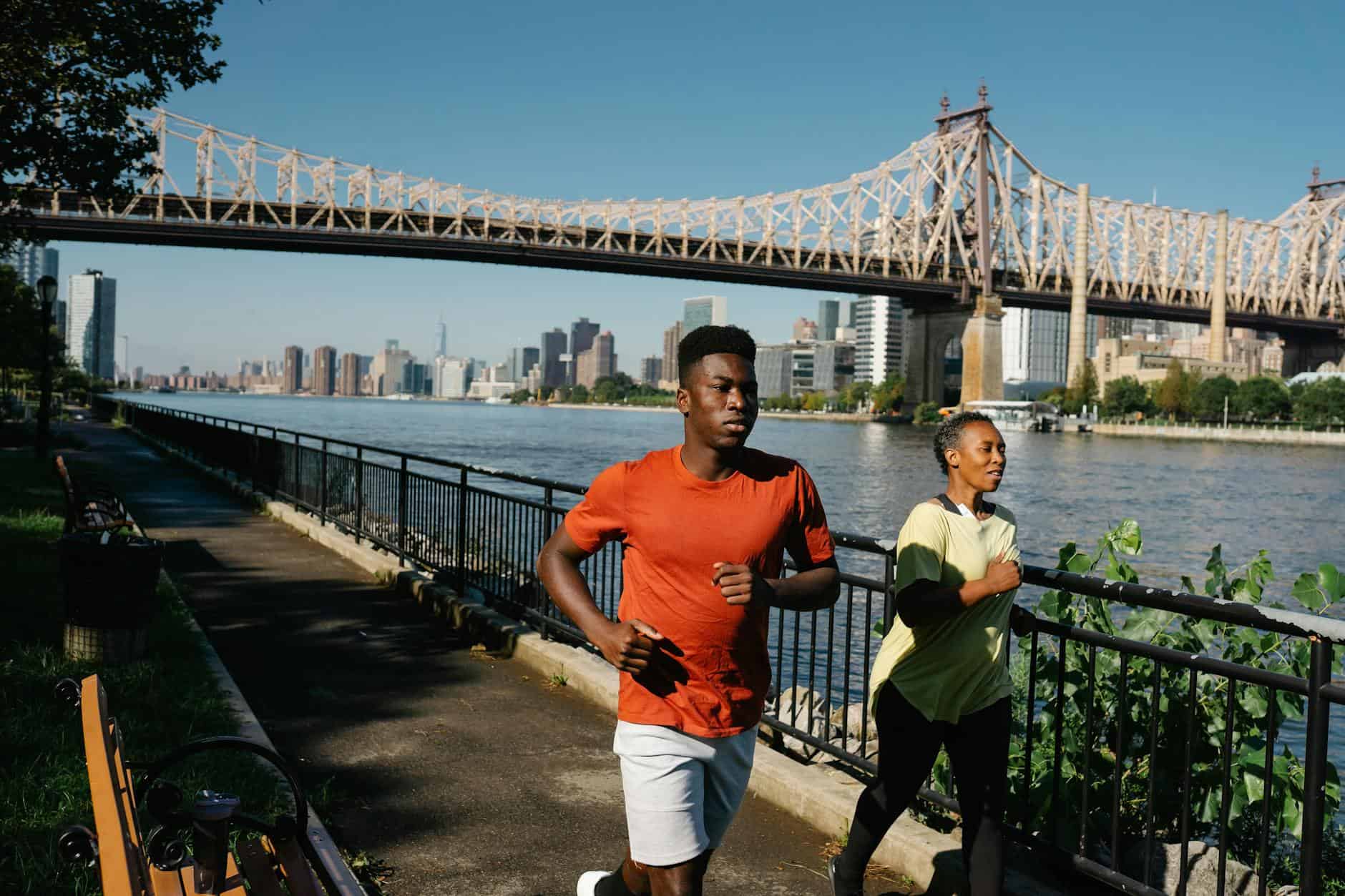
Jessica Death with Dolphin Viral News – The Truth Behind the Fake Story
Table of Contents
In recent weeks, social media platforms have been flooded with shocking claims about the alleged “Jessica death with her dolphin” incident. The headline was sensational, disturbing, and designed to capture attention instantly. Many people believed it, shared it, and fueled its rapid spread across TikTok, Facebook, Instagram, and even WhatsApp groups.
But here’s the truth: Jessica never died, and no such dolphin-related tragedy ever happened. The entire news was fabricated using AI tools, manipulated images, and false storytelling techniques.
This article by Trendforu.com dives deep into the origins of this viral hoax, explains how AI-generated misinformation works, explores why people believe such stories, and provides a guide on how readers can protect themselves from similar fake news in the future.
What Was the Jessica Dolphin Story?
The fake viral news claimed that:
- A woman named Jessica was attacked or accidentally killed by her dolphin during a performance or private interaction.
- AI-generated “proof” in the form of photos and manipulated screenshots circulated widely.
- Social media accounts amplified the story without any verified source.
The story was crafted to sound dramatic, emotional, and shocking—making it “share-worthy.” But no official media outlet, journalist, or credible source ever reported such an incident.
In reality:
- No verified individual named Jessica was involved in such a case.
- The images were generated by AI tools such as MidJourney or DALL·E, making them look real but completely fictional.
- The viral content was part of a misinformation trend designed to test how fast fake stories can spread.
How Did the Fake News Go Viral?
Fake news spreads faster than truth because it often appeals to emotions rather than logic. In the Jessica dolphin case, these factors played a big role:
- Clickbait Headlines – Shocking titles grabbed instant attention.
- Emotional Appeal – The story was bizarre yet tragic, triggering sympathy and curiosity.
- AI-Generated Media – Photos and short clips created by AI made the story “look real.”
- Algorithm Boosts – Social media algorithms prioritize engaging content, even if it’s fake.
- Peer-to-Peer Sharing – Users forwarded it quickly without verifying the source.
This combination led to millions of impressions within hours, despite the lack of evidence.
Role of AI Tools in Creating Fake News
Artificial Intelligence has brought revolutionary benefits—but it also has a dark side. Tools like ChatGPT, MidJourney, and other generative platforms can create:
- Fake news articles that sound journalistic.
- AI-manipulated images that appear realistic.
- Deepfake videos where people appear to say or do things they never did.
In the Jessica dolphin hoax:
- AI likely generated fabricated text descriptions.
- Visual AI created fake images of dolphins and a woman staged as “Jessica.”
- Automated bots amplified the content across networks.
While AI is not inherently bad, misuse for misinformation campaigns is becoming a growing global concern.
Why People Believe Such Viral Hoaxes
People fell for the Jessica dolphin hoax for the same reasons many fake stories succeed:
- Shock factor – The stranger the news, the more people want to believe it.
- Visual evidence – “Seeing is believing,” even when images are fake.
- Confirmation bias – Some people already distrust media, so they accept any viral rumor.
- Low media literacy – Many do not check sources or verify authenticity.
- Fast-paced consumption – In the age of TikTok and Twitter, headlines are consumed without fact-checking.
Fact-Checking Jessica’s Death News
When fact-checkers and journalists investigated, they found:
- No reports from credible news agencies about Jessica or her dolphin.
- Reverse image searches confirmed that photos were AI-generated or digitally altered.
- Jessica’s name did not appear in any official records of accidents or obituaries.
- The entire story was fabricated to create viral attention.
👉 Verdict: The “Jessica death with dolphin” news is 100% fake.
Dangers of AI-Generated Fake News
The Jessica hoax is not just harmless gossip—it highlights a much bigger problem:
- Damage to reputations – False deaths or scandals can ruin lives.
- Public panic or confusion – Some fake news causes fear or chaos.
- Loss of trust – Continuous exposure erodes faith in real journalism.
- Political manipulation – AI fake news can be weaponized in elections or campaigns.
- Spread of scams – Fraudsters use fake stories to trick people into donations or clicks.
Lessons for Social Media Users
Here’s how you can protect yourself from falling for viral hoaxes:
- Verify the source – Only trust credible news outlets.
- Check multiple platforms – If only one obscure site is reporting it, be cautious.
- Reverse search images – Use Google Lens to spot AI or stock photos.
- Look for fact-checks – Websites like Snopes, FactCheck.org, and TrendForU.com often debunk viral stories.
- Pause before sharing – Don’t be part of the misinformation chain.
Similar Viral Fake Stories in the Past
The Jessica hoax is not unique. Other examples include:
- Celebrity death hoaxes – Many stars, from Morgan Freeman to Jackie Chan, have been falsely reported dead.
- AI-generated “shark in floodwater” images – Widely shared during natural disasters.
- Fake political scandals – Manipulated videos spread to damage reputations.
- Animal attack hoaxes – Similar bizarre claims involving lions, tigers, or dolphins.
Each case reinforces the need for digital skepticism.
How to Protect Yourself from Fake News
Practical steps include:
- Educate yourself about AI – Learn how generative tools work.
- Improve digital literacy – Teach friends and family to fact-check.
- Report misinformation – Use platform reporting tools to flag fake posts.
- Support fact-checking sites – Follow reliable sources like TrendForU.com.
- Think critically – If a story sounds too strange to be true, it probably is.
Final Thoughts on the Jessica Dolphin Hoax
The Jessica dolphin viral news is a classic example of how AI-generated misinformation can manipulate emotions, attract attention, and mislead millions. While it may seem harmless compared to political or financial disinformation, it still spreads confusion and damages online credibility.
As digital citizens, it is our responsibility to fact-check before sharing. With AI tools becoming more advanced, critical thinking, awareness, and fact-checking platforms like TrendForU.com are more important than ever.
Frequently Asked Questions (FAQs)
Was Jessica really killed by a dolphin?
No. The story was completely fabricated using AI-generated text and images. No such incident ever happened.
How did the fake Jessica news start?
It began with AI-created content posted on social media, where shocking headlines and manipulated photos quickly went viral.
How can we spot AI-generated misinformation?
Check for unusual image details (blurry hands, odd backgrounds), run reverse searches, and verify with credible news agencies.
Has any celebrity ever faced a similar fake news incident?
Yes. Many celebrities have been victims of death hoaxes, including Jackie Chan, Tom Hanks, and Morgan Freeman.
Why do people share fake news so quickly?
Because of shock value, emotional reactions, and the urge to be “first” to share trending content—often without verifying facts.
Conclusion
The Jessica death with dolphin viral news was not only false but also a case study in how quickly AI-generated hoaxes can spread. With the rise of powerful AI tools, misinformation is becoming more realistic and harder to spot.
As readers, the responsibility lies with us: verify before you believe, fact-check before you share.
📌 TrendForU.com fact-checks viral stories to protect readers from misinformation.














Leave a Reply